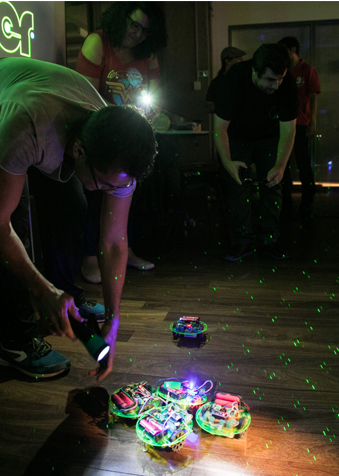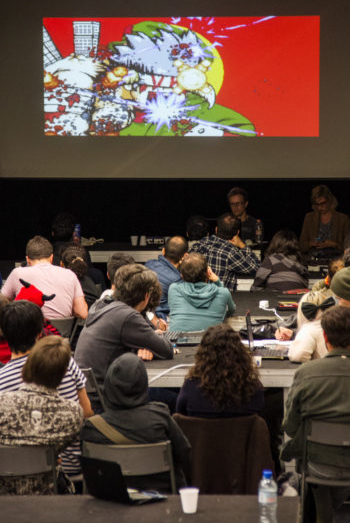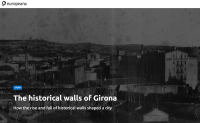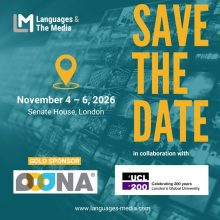
The call for applications to take part in the winter school “Re/SpaceS: Regenerating Spaces through Sound” is still open. The event is open to graduate students, artists, musicians, and videomaker. The opportunity to be selected for one of our reduced fee for the 10 best applications is also still open.
The new deadline is 20 January 2019.
The Re/Spaces winter school will be a hub for students and early career artists working in the field of digital sound and image, to gather reflections and practical suggestions about the development of site-specific and location-based installation and audiovisual works. The aim of the school is to help young creative people to develop their skills in working within a small team of peers, update them on the latest tools in sound and image elaboration, provide historical and theoretical background in the disciplines of contemporary music history, audiovisual analysis, visual communication and storytelling, digital process of audio and video files.
The event will consist of two teaching weeks, from 24 March to 3 April 2020, and it will consist of theoretical lessons and workshops throughout the day. During the winter school week, meetings will be organized with an artist who will offer new insights oh the project.
The aim of the school will be the realization of a short audiovisual product and possibly a site-specific installation to be presented at the end of the winter school, focused and inspired by the buildings and spaces of the University. The idea is to subject these spaces to a sort of creative re-imagination, showing how art can be used to transfigure, re-imagine and even to suggest how the present can be transformed and looks like. Together with an artist-in-residence that will mentor the students in this process, the winter school will bring their participants to become a driver for the future developments of space, and to bring new values to an existing location by re-imagining them through the gaze of the artistic transformation.
All the information for the application can be found at: https://re-spaces.unipv.it/call-for-applicant/.
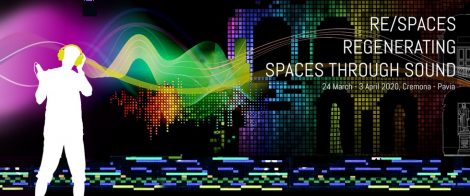
The winter school is a joint program between two Departments of the University of Pavia (Department of Musicology and Cultural Heritage and Department of Civil Engineering and Architecture – DICAr), with the collaboration of University of Turin’s CIRMA (http://www.cirma.unito.it/) and two artistic collectives: Medea Electronique (Greece – http://medeaelectronique.com/) and Kontejner (http://www.kontejner.org).



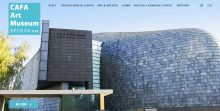
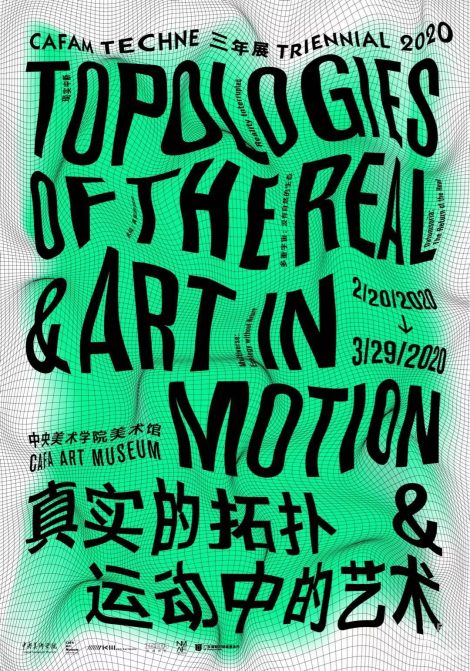 CAFA Art Museum (CAFAM) is delighted to announce the opening of the inaugural edition of the CAFAM Techne Triennial, which takes place in Beijing from Feb 20 through March 29, 2020, and is curated by ZHANG Ga, CAFAM Consulting Curator and CAFA Distinguished Professor.
CAFA Art Museum (CAFAM) is delighted to announce the opening of the inaugural edition of the CAFAM Techne Triennial, which takes place in Beijing from Feb 20 through March 29, 2020, and is curated by ZHANG Ga, CAFAM Consulting Curator and CAFA Distinguished Professor.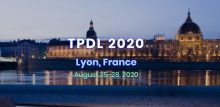
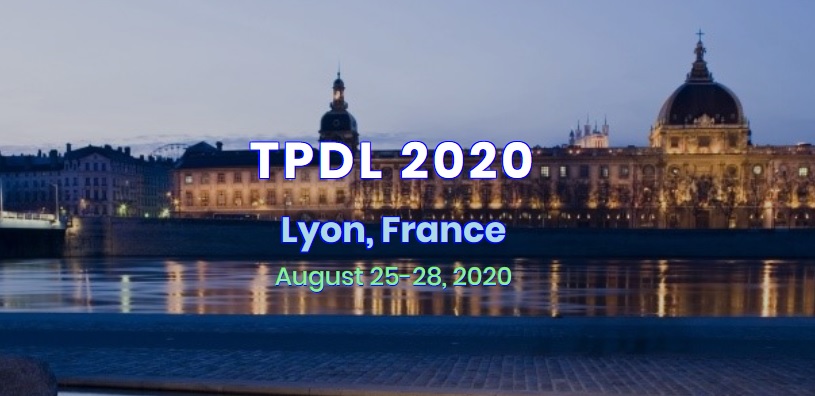

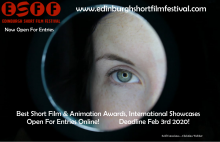
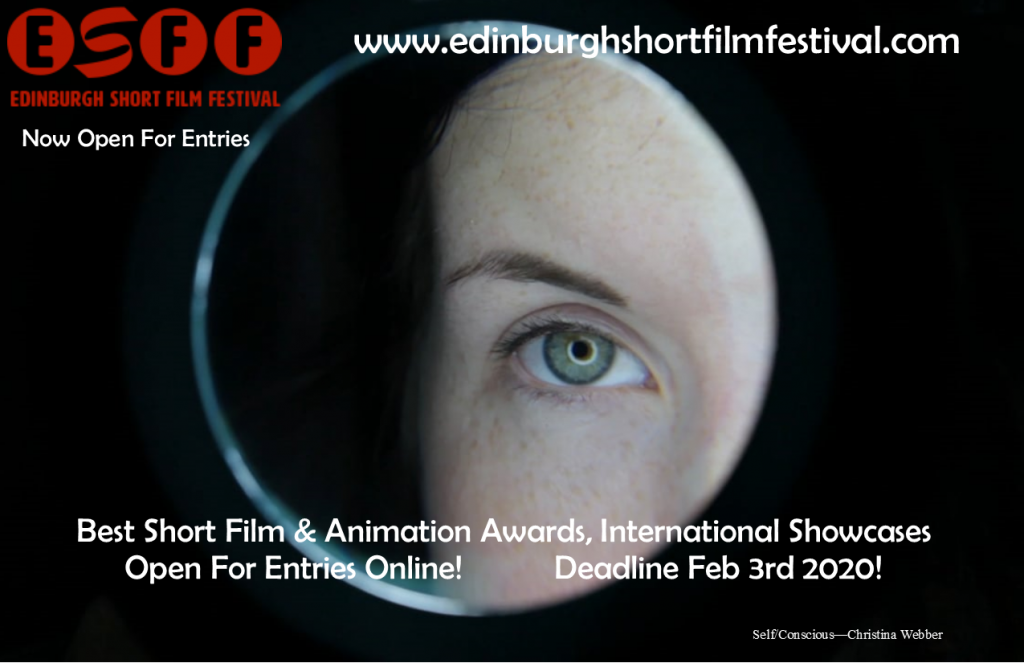
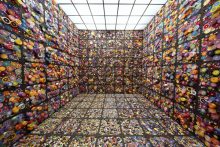
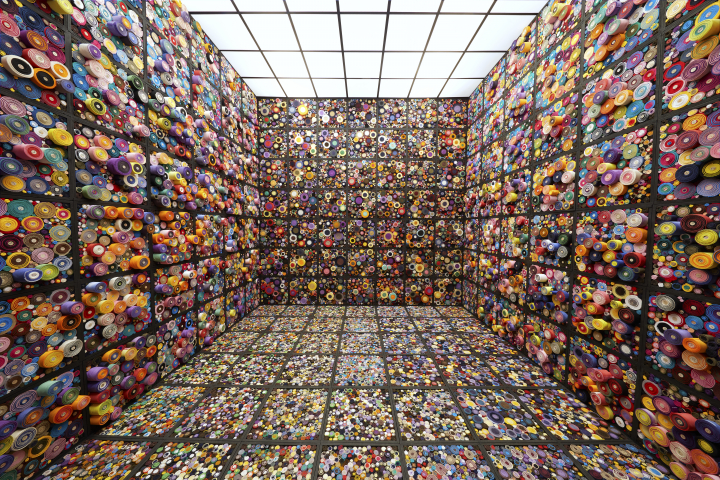
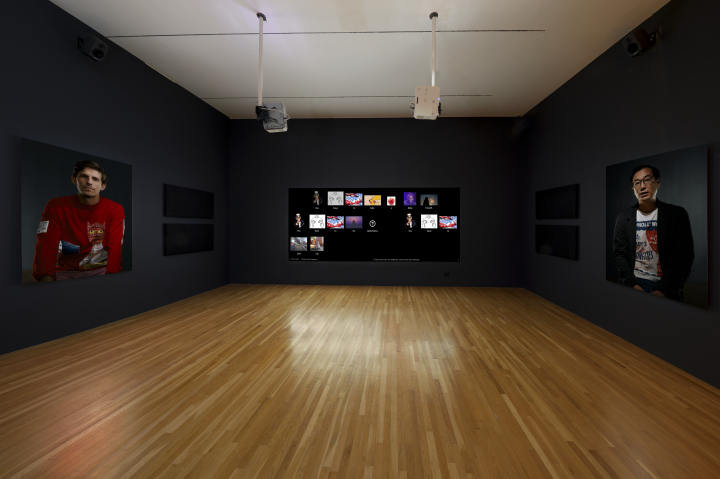
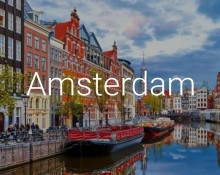
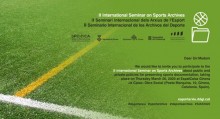
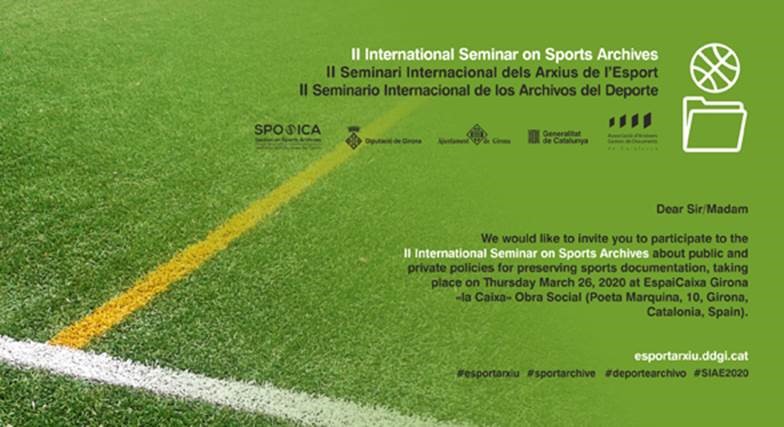
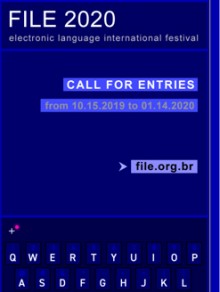
![Michael Takeo Magruder, Monolith[s]](https://www.digitalmeetsculture.net/wp-content/uploads/2019/12/file-4.jpg)
